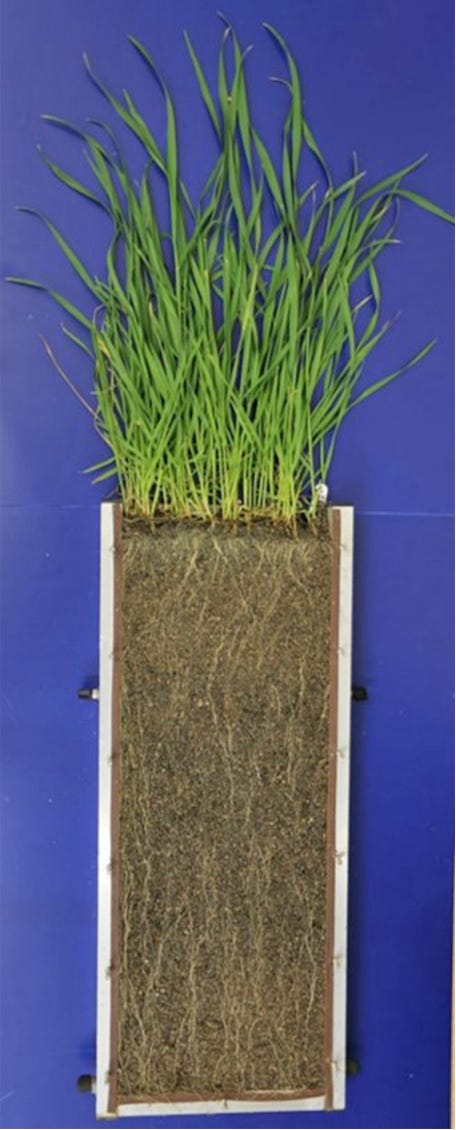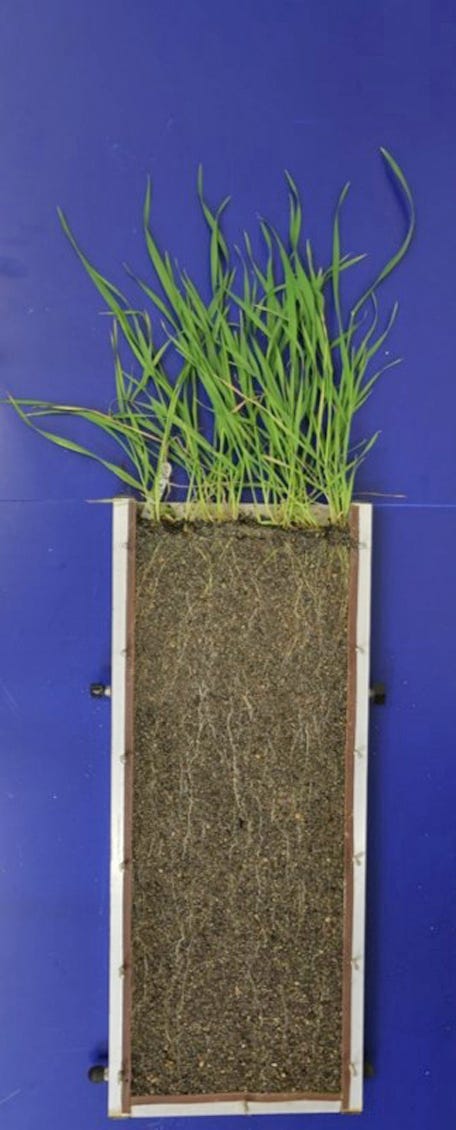December 19, 2016

Rhizoctonia, pythium and Fusarium are becoming more widespread in cereal crops and have the potential to cause devastating yield loss. What’s so bad about these soilborne diseases? For starters, they attack both seeds and roots, stealing nutrients and key resources needed to produce quality crops.
Pythium causes lesions around the root which leads to seedling collapse.
Rhizoctonia quickly infects germinating seeds and young seedlings, and nibbles away at root tips.
Fusarium infects the roots and eventually spreads to the crown.
Together, these pathogens kill the root tissue, tips and root cortex, and invade the entire root system so roots can no longer absorb sufficient water and nutrients. Emergence and growth decrease drastically as a result, and lodging is often observed.
Underground insects, such as wireworms, also threaten crop yield and quality by attacking root systems. By nibbling away at the roots, wireworms reduce the flow of water and nutrients into the plant and create root lesions that make crops more susceptible to diseases and other stress factors.
Additionally, limited crop rotation can impact root health by creating a more hospitable soil environment for diseases. This also contributes to the “green bridge” effect, in which diseases carry over from season to season on remaining plant material. Identifying diseases early and rotating to non-host crops helps impede disease development.

TREATED SEED: This wheat plant was grown from seed treated with Syngenta’s CruiserMaxx Vibrance Cereals seed treatment. The soil had been inoculated with Rhizoctonia. (Photo: Syngenta)
Reduced tillage and irrigation also can increase prevalence of yield-robbing soilborne pests. For no-till winter wheat growers in particular, a strong root system is critical to surviving winter dormancy, since there is less time for the crop to emerge and develop a healthy stand.
Stopping damage caused by Rhizocotnia, pythium and Fusarium as early as possible is critical to helping ensure optimum root health and maximum yield potential in cereals. To get ahead of these diseases and help crops develop with healthy, efficient root systems, follow these steps:
Plant certified seed. When available, select varieties with genetic tolerance.
Monitor soil fertility levels. Balanced soil fertility is extremely important to mitigate plant stress.
Rotate to a non-host crop to help break the disease cycle.
Plant into well-drained soils. Soilborne diseases thrive in wet conditions.
Destroy any green residue in fields at least two weeks before planting begins to eradicate the “green bridge” effect, break disease cycles and reduce chances of soilborne pathogens carrying over from past seasons.
Continuously scout fields for symptoms of soilborne pathogens to manage diseases early.
Apply a seed treatment to protect crops from the start. Fungicide and insecticide seed treatments help prevent the spread of plant diseases and keep insects at bay.

UNTREATED SEED: This wheat plant was grown with untreated seed. The soil had been inoculated with Rhizoctonia. (Photo: Syngenta)
Choosing an early disease management plan and the best variety and seed treatment is vital to steering clear of soilborne pathogens and underground insects, which provides growers with the best chance for success. Following these best practices, monitoring fields and talking with area crop consultants, agronomists and retailers can help you make sound decisions for getting your crop off to a solid start this season.
Popiel is the Syngenta agronomic service representative in North Dakota. Contact him at [email protected].
You May Also Like




